Researchers steer the flow of electrical current with spinning light
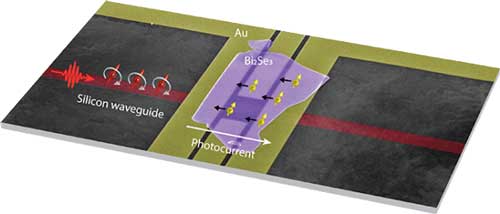 Researchers used a first-of-its-kind device to demonstrate a way to control the direction of the photocurrent without deploying an electric voltage.
Researchers used a first-of-its-kind device to demonstrate a way to control the direction of the photocurrent without deploying an electric voltage.
Dec 19th, 2017
Read more
 Researchers used a first-of-its-kind device to demonstrate a way to control the direction of the photocurrent without deploying an electric voltage.
Researchers used a first-of-its-kind device to demonstrate a way to control the direction of the photocurrent without deploying an electric voltage.
Dec 19th, 2017
Read more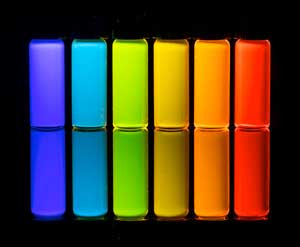 In a new paper, scientists describe the underlying mechanisms involved in the formation of a widely used class of quantum dots that use cadmium and selenium compounds as their molecular precursors.
In a new paper, scientists describe the underlying mechanisms involved in the formation of a widely used class of quantum dots that use cadmium and selenium compounds as their molecular precursors.
Dec 19th, 2017
Read more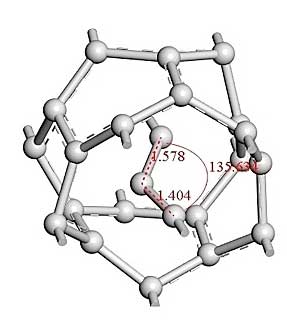 Scientists found out the mathematical method to calculate the temperature at which single walled carbon nanotubes become superconductors and developed a way to increase it thus opening new prospects for superconductive materials applications.
Scientists found out the mathematical method to calculate the temperature at which single walled carbon nanotubes become superconductors and developed a way to increase it thus opening new prospects for superconductive materials applications.
Dec 19th, 2017
Read more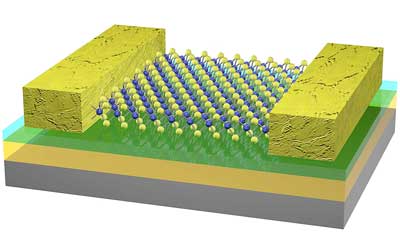 Researchers have experimentally demonstrated how to harness a property called negative capacitance for a new type of transistor that could reduce power consumption, validating a theory proposed in 2008.
Researchers have experimentally demonstrated how to harness a property called negative capacitance for a new type of transistor that could reduce power consumption, validating a theory proposed in 2008.
Dec 19th, 2017
Read more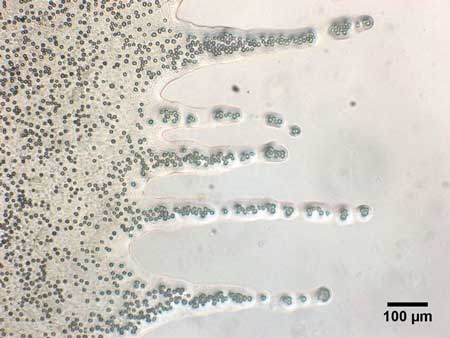 A new study describes processes from the field of biology that utilize biofilms as ?construction workers? to create structural templates for new materials that possess the properties of natural materials.
A new study describes processes from the field of biology that utilize biofilms as ?construction workers? to create structural templates for new materials that possess the properties of natural materials.
Dec 19th, 2017
Read more New protocols reduce 'spectral leakage' in quantum sensors by up to 100 million times.
New protocols reduce 'spectral leakage' in quantum sensors by up to 100 million times.
Dec 19th, 2017
Read more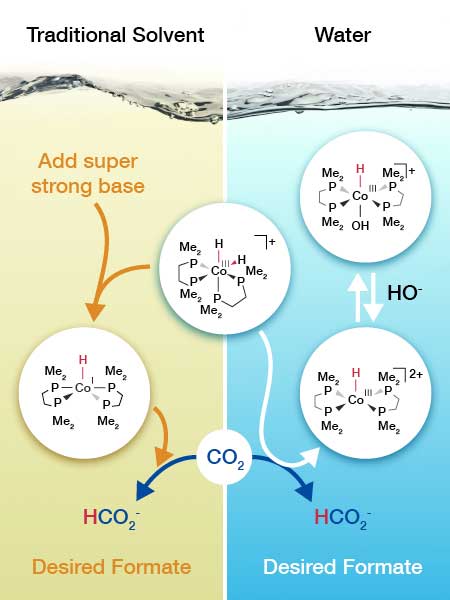 Water changes how cobalt-based molecule turns carbon dioxide into chemical feedstock.
Water changes how cobalt-based molecule turns carbon dioxide into chemical feedstock.
Dec 19th, 2017
Read more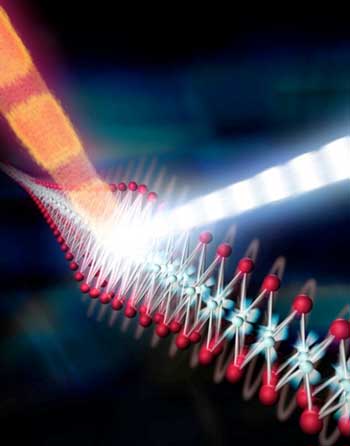 Measured strong coupling of vibrations and electrons could lead to controlled magnetism and electronic properties.
Measured strong coupling of vibrations and electrons could lead to controlled magnetism and electronic properties.
Dec 19th, 2017
Read more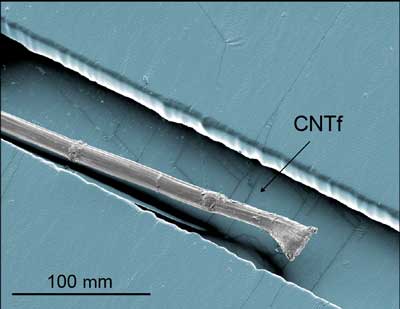 Engineers develop microfluidic devices, microelectrodes for gentle implantation.
Engineers develop microfluidic devices, microelectrodes for gentle implantation.
Dec 18th, 2017
Read more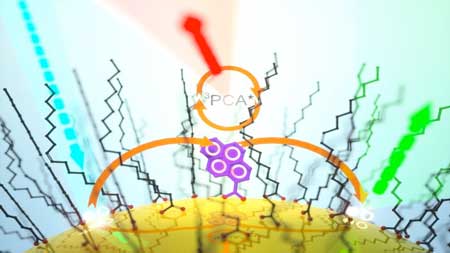 Researchers have found that the transfer of triplet excitons from nanomaterials to molecules also creates a feedback mechanism that returns some energy to the nanocrystal, causing it to photoluminesce on long time scales. The mechanism can be adjusted to control the amount of energy transfer, which could be useful in optoelectronic applications.
Researchers have found that the transfer of triplet excitons from nanomaterials to molecules also creates a feedback mechanism that returns some energy to the nanocrystal, causing it to photoluminesce on long time scales. The mechanism can be adjusted to control the amount of energy transfer, which could be useful in optoelectronic applications.
Dec 18th, 2017
Read more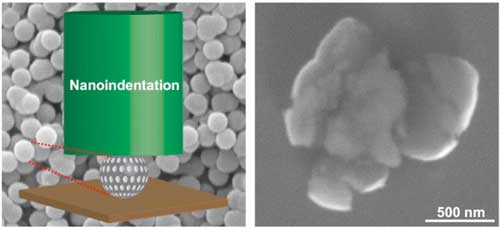 Scientists find porous nanoparticles get tougher under pressure, but not when assembled.
Scientists find porous nanoparticles get tougher under pressure, but not when assembled.
Dec 18th, 2017
Read more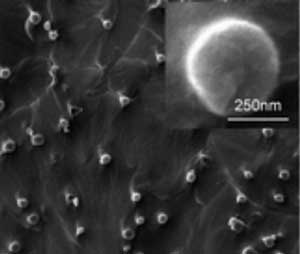 By encapsulating bilirubin within tiny nanoparticles, researchers have improved the survival rates of pancreatic islet cells in vitro in a low-oxygen environment. The work has implications for the treatment of Type 1 diabetes in both canine and human patients.
By encapsulating bilirubin within tiny nanoparticles, researchers have improved the survival rates of pancreatic islet cells in vitro in a low-oxygen environment. The work has implications for the treatment of Type 1 diabetes in both canine and human patients.
Dec 18th, 2017
Read more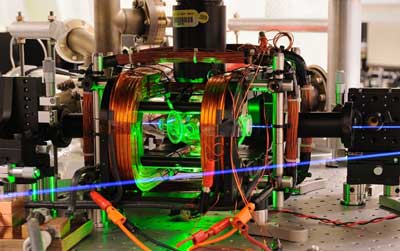 Scientists designed the first subwavelength dielectric resonators for light trapping at the nanoscale that appears to be the simple silicon cylinder hundred times thinner than a human hair.
Scientists designed the first subwavelength dielectric resonators for light trapping at the nanoscale that appears to be the simple silicon cylinder hundred times thinner than a human hair.
Dec 18th, 2017
Read more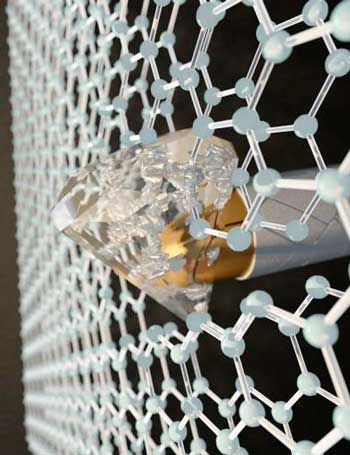 The innovation could enable development of a range of flexible, impenetrable materials capable of protecting the body and fragile objects.
The innovation could enable development of a range of flexible, impenetrable materials capable of protecting the body and fragile objects.
Dec 18th, 2017
Read more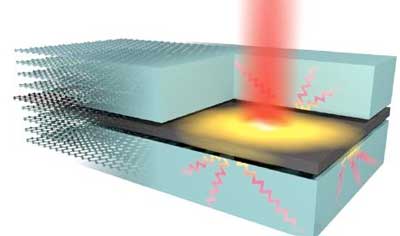 Researchers have detected graphene's out-of-plane heat transfer in van der Waals heterostructures. This phenomenon has many implications for optoelectronic devices.
Researchers have detected graphene's out-of-plane heat transfer in van der Waals heterostructures. This phenomenon has many implications for optoelectronic devices.
Dec 18th, 2017
Read more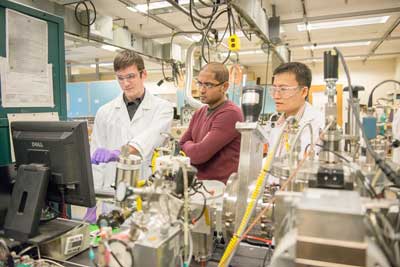 A 'quantum material' that mimics a shark's ability to detect the minute electric fields of small prey has been shown to perform well in ocean-like conditions, with potential applications from defense to marine biology.
A 'quantum material' that mimics a shark's ability to detect the minute electric fields of small prey has been shown to perform well in ocean-like conditions, with potential applications from defense to marine biology.
Dec 18th, 2017
Read more